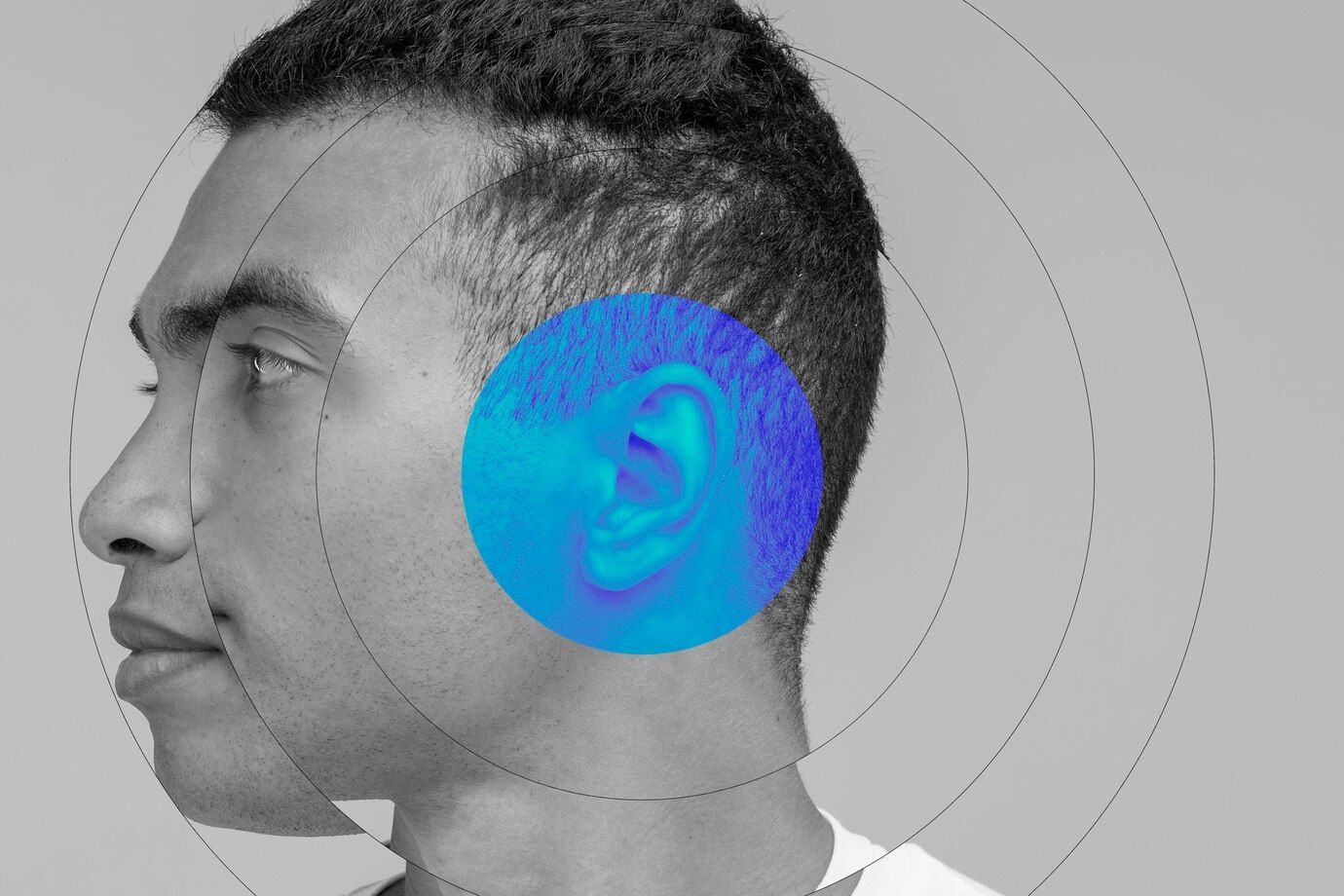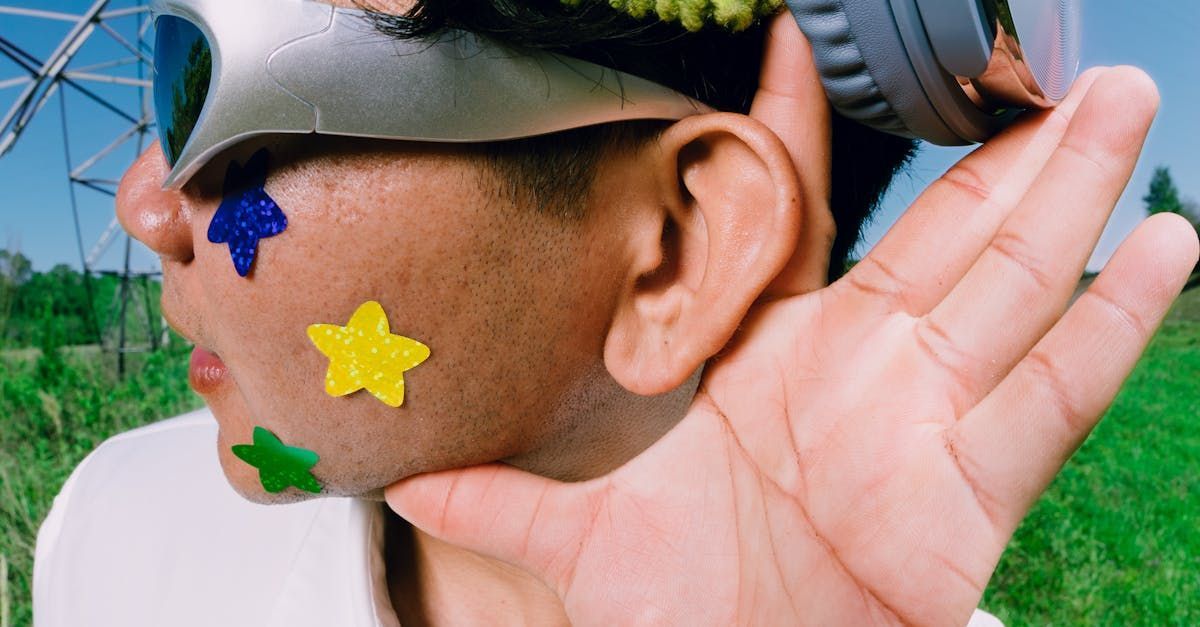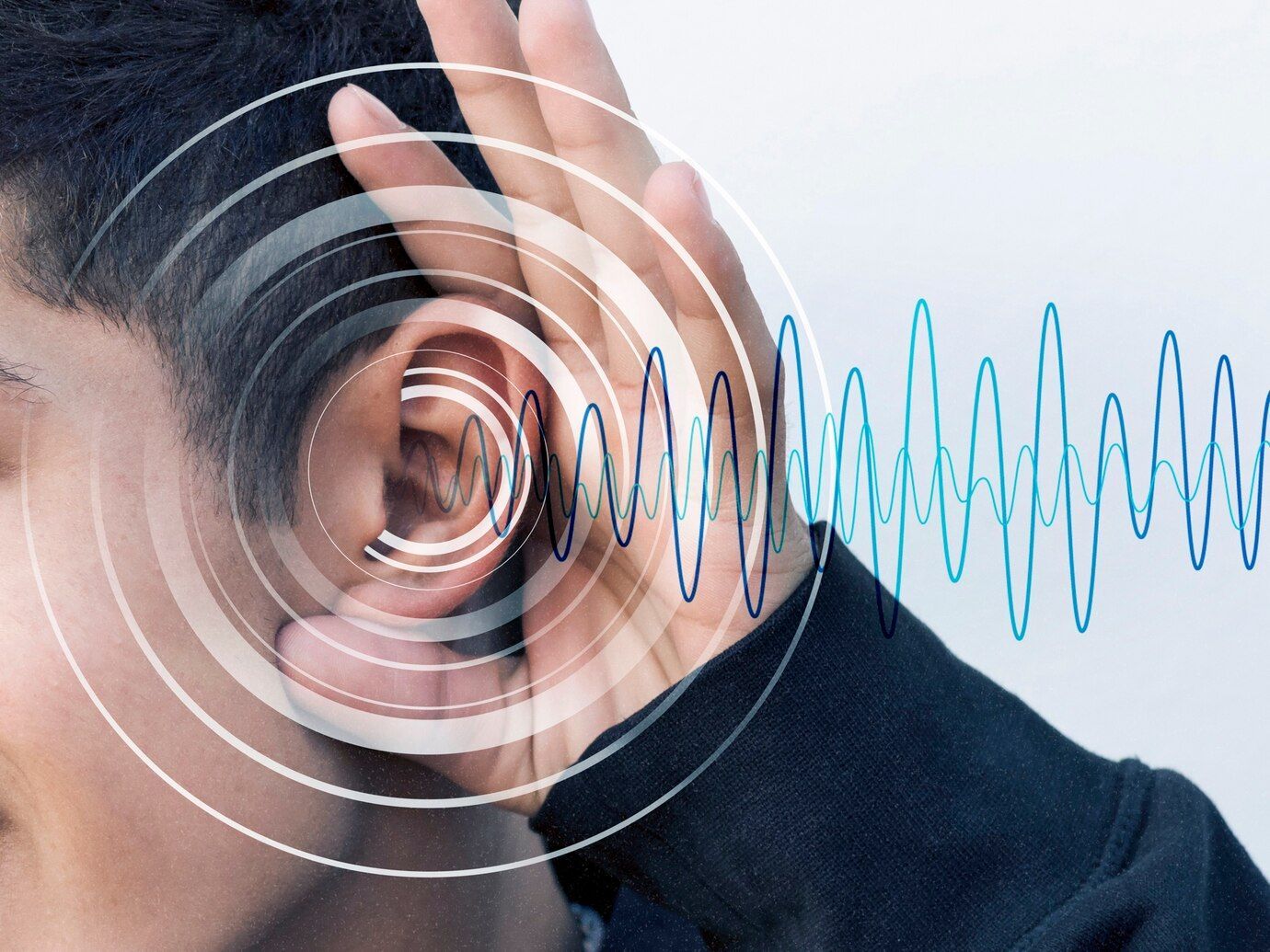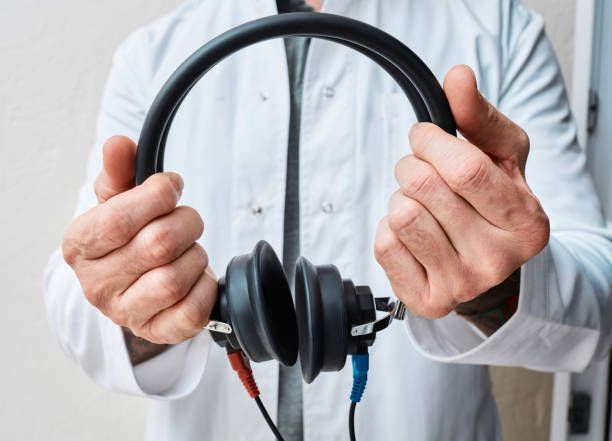Children (4 years and above) and Select Adults*
bulk billed with medical referral
Click Here to Refer Today!
Now accepting referrals from General Practitioners and Specialists.
Our Services
We offer a range of diagnostic hearing assessment and testing services.
Click the link below to find out more!

Coming in for your test
History taking
We will take a detailed history about your/your child's hearing concerns, medical history and life style to understand your situation.
Ear examination
We will examine your ears to check how your ear, ear canal and ear drum look. We also check with any blockage of ear canal, wax build up, signs of infection or changes to the eardrum and ear canal.
Hearing test
We will test function of your middle ear and inner ear. We will also check your hearing to see how you hear different tones at different levels. We will also check how you are able to hear speech in everyday situation
Explain results
We will test explain what the tests show. We will explain how you are able to hear different sounds. We will explain the pattern of your results and help you to determine the next course of action. You will also get a copy of results that explains the results of the tests.

What can cause hearing loss?
- Age
- Ear infections
- Diabetes
- Kidney Disease
- Heart Disease
- Thyroid Disease
- Hypertension
- Ototoxic Medications
- Cognitive Decline
- Smoking
- Dyslipidaemia
- Noise Exposure

Ears and Hearing
Your Ears - The ear is divided into 3 parts - outer ear, middle ear and inner ear
Hearing - Hearing depends on a series of steps as the sound travels from outer ear to inner ear and to the brain.
Outer ear
Sound waves enter the outer ear and travel through the ear canal, which leads to the eardrum.
Middle ear
The vibration of the eardrum is passed on to three tiny bones in the middle ear. These bones are called the malleus, incus, and stapes.
The bones in the middle ear amplify the sound vibrations and send them to the cochlea in the inner ear.
Inner ear
The cochlear is a snail-shaped structure filled with fluid, in the inner ear and contains delicate key hearing structures.
Once the vibrations cause the fluid inside the cochlea to ripple, a traveling wave forms along the basilar membrane in the cochlea.
Hair cells—sensory cells sitting on top of the basilar membrane—ride the wave. Hair cells near the wide end of the snail-shaped cochlea detect higher pitched sounds, such as an infant crying. Those closer to the center detect lower-pitched sounds, such as a large dog barking.
As the hair cells move up and down, microscopic hair-like projections (known as stereocilia) that are located on top of the hair cells bump against an overlying structure and bend. Bending causes pore-like channels, which are at the tips of the stereocilia, to open up. When that happens, chemicals rush into the cells, creating an electrical signal.
The auditory nerve carries this electrical signal to the brain, which turns it into a sound that we recognize and understand

What types of hearing loss are there?
- Conductive Hearing Loss
- Sensorineural Hearing Loss
- Mixed Hearing Loss
- Central Hearing Loss


